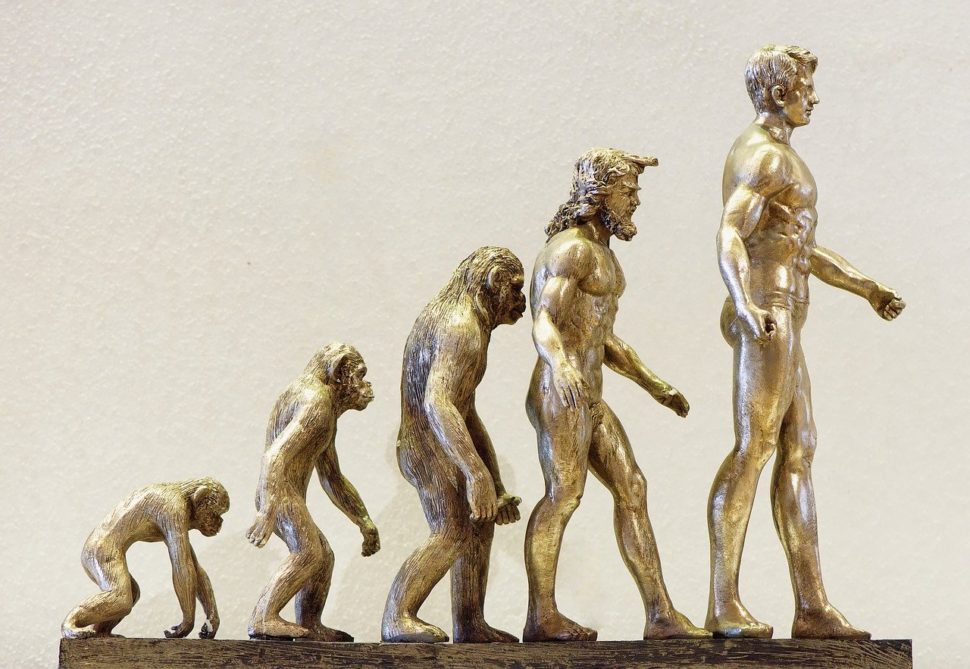The human fetus goes through several developmental stages in the womb.
Some of these stages involve developing temporary embryonic structures that regress when a permanent replacement develops. As you may have guessed, the median artery is one such structure.
Before babies are born, the median artery runs down their forearms to supply their hands with blood. It fades at around the eight-gestation week, replaced by two primary forearm arteries — radius and ulnar.
However, the regression doesn’t occur in everyone.
In a small volume of people, the median artery persists after birth as a third forearm artery. What’s more, a study suggests that the number of individuals with this extra artery has increased in the last 150 years.
In a press release, senior author of the study and researcher at Flinders University, Teghan Lucas, said:
“Since the 18th century, anatomists have been studying the prevalence of this artery in adults, and our study shows it’s increasing.
The researchers published their findings in the journal of Anatomy.
Median Artery Reveals How Humans are Evolving
The researchers conducted an extensive literature review to establish the median artery’s prevalence.
For the study, the team focused on adults in different periods over the past few centuries. They also examined 78 upper limbs from recently deceased subjects.
According to findings, there seems to be an increasing prevalence of the median artery in adults. What’s more, the team suggests that it’s an example of microevolution resulting from natural selection in humans.
Co-author of the study and anatomy specialist at the University of Adelaide Medical School, Maciej Henneberg, said:
“This is microevolution in modern humans and the median artery is a perfect example of how we’re still evolving because people born more recently have a higher prevalence of this artery when compared to humans from previous generations.”
At the moment, it’s unclear whether the extra forearm artery confers any advantage in adults.
However, the researchers speculate that the additional blood flow could aid hand dexterity. Besides, it could be useful in maintaining blood flow if another artery in the forearm becomes damaged.
The researchers also hypothesized potential problems from a persistent median artery. For example, previous studies suggest that it increases the chances of developing carpal tunnel syndrome.
“If this trend continues, a majority of people will have median artery of the forearm by 2100,” Lucas notes.
















Comments (0)
Least Recent